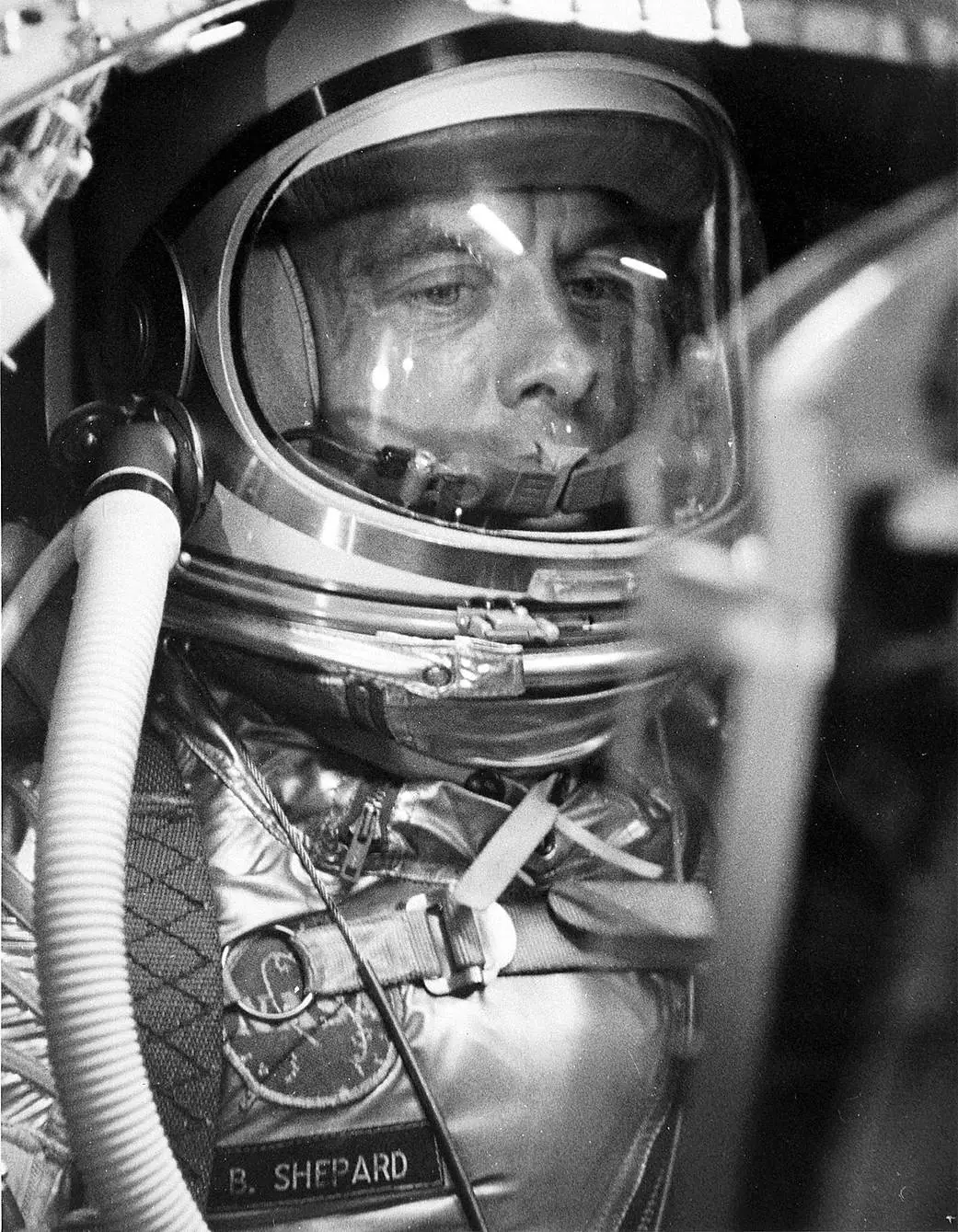From Stargazers to Space Explorers: The Journey of Astrophysics Through Time

Long before satellites scanned the stars and black holes were more than just theory, a few curious eyes turned to the night sky and asked a simple question:
“What are those lights above us?”
Thus began the incredible human journey we now call astrophysics — a voyage not through space alone, but through centuries of thought, imagination, and discovery.
Let’s travel through time to see how our understanding of the cosmos evolved, shaped by great minds, bold theories, and revolutionary tools.

Chapter 1: The Sky as a Clock (Ancient World – Before 500 BC)
Thousands of years ago, ancient civilizations looked to the heavens not for science, but for order and meaning. To them, the stars weren’t just distant suns — they were gods, signs, and calendars.
- In Babylon and Mesopotamia, early astronomers tracked the Moon’s cycles and eclipses on clay tablets.
- The Egyptians aligned pyramids with constellations.
- The Maya predicted solar eclipses and tracked Venus with precision that still stuns historians.
- In ancient Greece, thinkers like Thales and Anaximander asked: Could the universe be explained not by gods, but by natural laws?
This was the birth of cosmic curiosity.
Chapter 2: Revolutions of the Mind (1500s–1600s)
For nearly 2,000 years, people believed the Earth stood still at the center of the universe. But one bold idea changed everything.
- Nicolaus Copernicus dared to suggest the Sun, not Earth, was at the center.
- Galileo Galilei built a telescope and peered at the moons of Jupiter — proving that not everything orbits Earth.
- Johannes Kepler revealed that planets moved in ellipses, not perfect circles.
- And Isaac Newton, with one stroke of genius, unified the heavens and the Earth with his law of universal gravitation.
For the first time, we realized the same invisible forces that move an apple shape the dance of the planets.
Chapter 3: The Birth of Astrophysics (1800s)
By the 19th century, astronomy had grown up. It wasn’t just about tracking stars anymore — it became about understanding what stars are made of.
- Joseph Fraunhofer developed the spectroscope, which revealed mysterious lines in sunlight.
- Later, Bunsen and Kirchhoff cracked the code: those lines were chemical fingerprints.
- Now we could read the composition of stars, light-years away, just by analyzing their light.
This was no longer just astronomy. This was the physics of stars.
This was astrophysics.
Chapter 4: 20th Century — The Universe Gets Bigger, Stranger
The 1900s blew the cosmic doors wide open.
- Albert Einstein shattered the idea of fixed space and time with relativity. Gravity, he said, wasn’t a force — it was a bend in spacetime.
- In 1929, Edwin Hubble discovered galaxies were racing away from us. The universe was expanding.
- We found radio waves, x-rays, and microwaves coming from space — each revealing a different layer of the cosmic story.
- We confirmed the Big Bang, searched for dark matter, and even began to suspect the universe was filled with a mysterious energy we still don’t understand: dark energy.
With every discovery, the universe got more beautiful — and more mysterious.
Chapter 5: 21st Century — Eyes in the Sky, Minds Across Disciplines
Today, astrophysics is a global, collaborative, and high-tech field powered by giant space telescopes, quantum theory, and AI.
- The James Webb Space Telescope peers back over 13 billion years.
- We’ve photographed a black hole, detected gravitational waves, and discovered thousands of exoplanets.
- Scientists now work at the intersection of astrophysics, nuclear physics, particle physics, and even biology, to search for life in distant worlds.
We are no longer just observers. We are explorers of space, time, and the very structure of reality.




Hi there, just wanted to say, I loved this article.
It was inspiring. Keep on posting!
Just tried out ko66game. Found some fun games there. Could be worth a look if you’re bored of the usual. Remember to gamble responsibly, aye?!ko66game